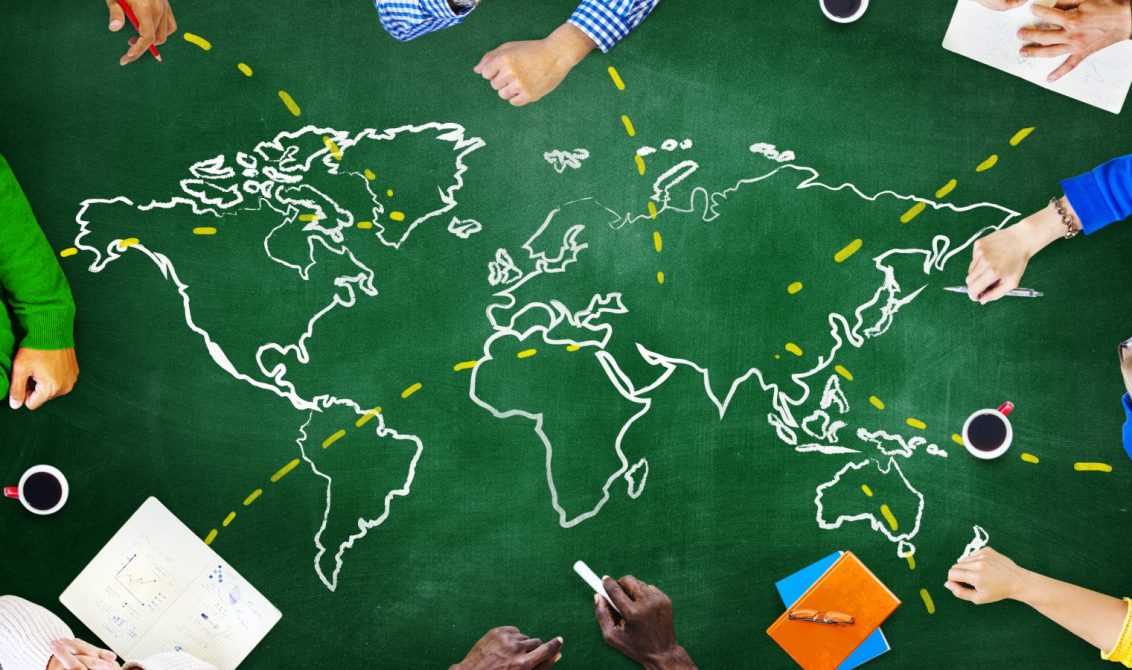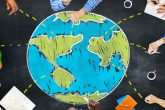
In just two weeks, we have experienced destruction caused by five major hurricanes – Harvey, Irma, Jose, Katia, and Maria. Meanwhile, forest fires rage across the western US and parts of the world are digging out from a major earthquake. With all of these natural disasters, there has been some apocalyptic talk going around. Is this what the End of Days will look like? Are these the result of global warming? Or is this just what Earth gives us sometimes? After all, hurricanes and forest fires were around long before humans, and they’ll still be around long after we’re gone.
But how do we know what’s causing them, and what can we do about it? The answer is, and always will be, that we have to learn about them. Anything new is mysterious until you study and understand it, and the same goes for hurricanes, and forest fires, and climate change. It is true that you cannot ascribe a single weather event to changes in climate, any more than you could ascribe a single home run to the use of steroids back in the steroid era of professional baseball. But when home run records were shattering right and left, it was clear that something had changed, and when the steroids were banned, the numbers of home runs fell.
The same holds for global warming, which climate scientists have shown can simultaneously increase droughts and forest fires in some parts of the country and hurricanes and floods in others. As one climate scientist remarked following Hurricane Sandy, when the higher sea levels from global warming worsened the flooding of New York City: imagine if you are playing basketball and you raise the floor of the court one foot. You’re going to get a lot more slam dunks. Harvey was a slam dunk. So was Irma. And Jose. And Katia. And the fires raging across the Pacific Northwest.
But the solution is not to give up and say, “it’s complicated.” When do we finally recognize that there are too many slam dunks happening? When all of Florida is under the sea? When the mouth of the Mississippi River is in Illinois? It is no surprise, then, that the new K-12 Next Generation Science Standards emphasizes, as one of its Big Ideas, children devising solutions to the challenges of global warming.
We are a clever species. I believe that our children will be able to figure this out, even as we have not. But it will take study and understanding, and we need to do everything we can now to make sure that our students have the tools and interest and motivation they need to meet these challenges; to bring down the numbers of slam dunks and home runs, and return the game to how it’s supposed to be played.
About the author
Michael E. Wysession is a Professor of Earth and Planetary Sciences at Washington University in St. Louis, and author of numerous science textbooks published by Pearson Education.

